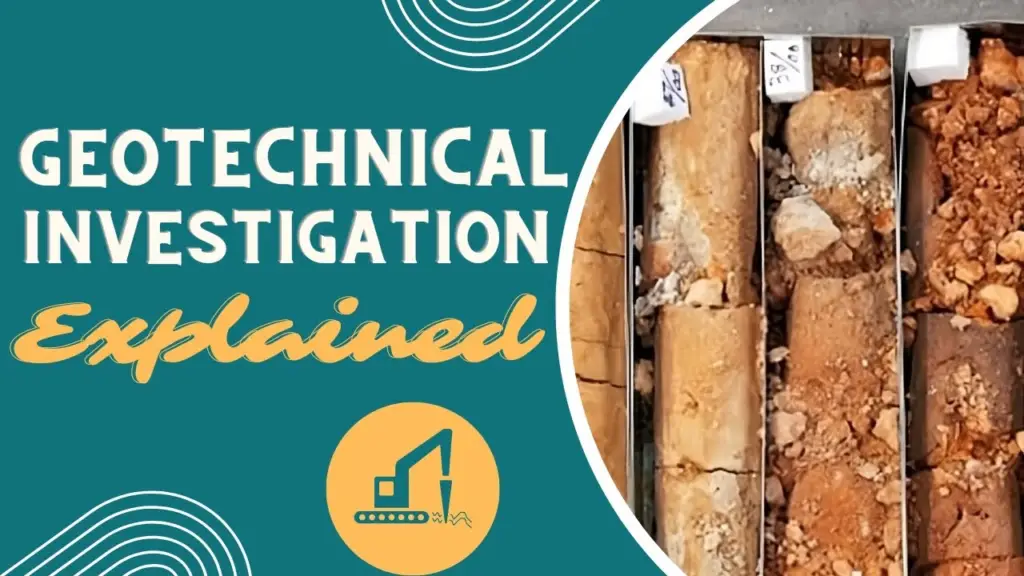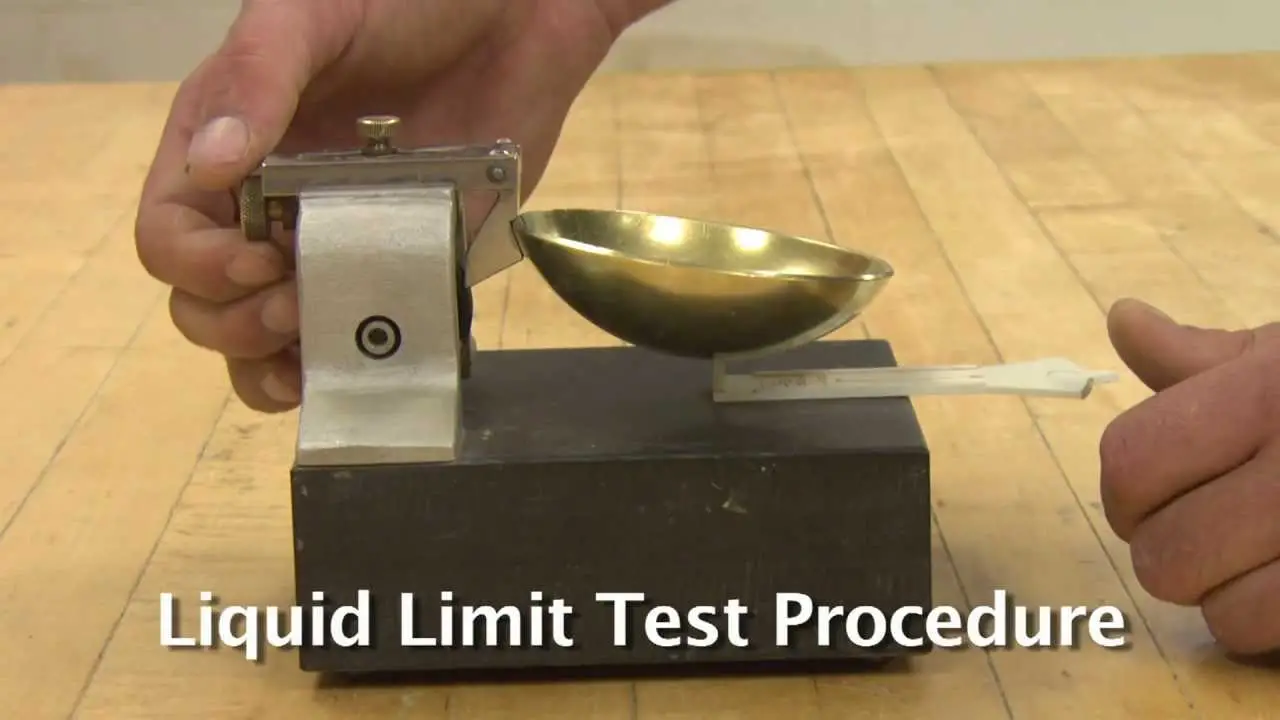What are the different Methods Used for Geotechnical Soil Testing?
Geotechnical engineers and engineering geologists conduct geotechnical investigations to gather data on the physical characteristics of the rock and soil surrounding a site. This is necessary for designing foundations for structures and repairing damage to earthworks and structures resulting from subsurface conditions.
Measurement of the thermal resistivity of soils or backfill materials used for underground transmission lines, solar thermal storage systems, radioactive waste disposal, and oil and gas pipelines is another use of geotechnical soil testing. Both surface and subsurface site research are part of a geotechnical investigation. Laboratory testing of collected soil samples is typically part of subsurface exploration. Let us look at the different methods used for geotechnical soil testing:

Soil investigation
A geotechnical engineer typically visits your location to gather and assess soil samples in preparation for soil investigation tests. The test helps determine the characteristics, nature, and reactivity of the soil. It also helps to ascertain the location’s soil’s sand content, compaction, density, and presence or absence of contaminants.
These examinations must be extensive and effectivefor the structure to be long-lasting and functional. The correctness of the geotechnical data gathered, and the report significantly impacts the design, implementation, cost, and safety of the project.
Tests for soil electrical resistivity
Soil resistivity measurements are crucial when building earthing systems because the resistivity of an earth electrode is dependent upon the buried and driven resistance of the soil. One way to quantify a soil’s ability to withstand electrical current is by measuring its resistivity.
Most of the soil’s electrolytic electrical flow is governed by the movement of ions dissolved in moisture. Hence, knowing the resistivity of the soil makes it easier to choose the least expensive and most challenging way to achieve and maintain the required earth resistance value over the installation’s lifetime.
Test of Standard Penetration (SPT)
The purpose of the Standard Penetration Test, an in-situ soil test method, is to determine the geotechnical engineering properties of subsurface soils, especially cohesive soil. The SPT is most commonly employed on building sites when examining the qualities and characteristics of soil. The test is beneficial for determining the density, bearing capacity of the soil, and the angle of shearing resistance to determine the cohesive and cohesiveness characteristics of the soil.
Testing Soil Swelling
A geologist can ascertain the soil’s potential and swelling pressure by calculating the soil’s swell index under different field conditions. There are two primary soil swelling testing techniques. These comprise:
- The plasticity test involves taking a tiny sample of soil—roughly one cubic inch—to determine its content. A soil sample is used to make a hand-rolled thread. If it rolls nicely, it’s fairly plastic. On the other hand, low plasticity is evident if it breaks apart or does not roll smoothly.
- Dilatancy Test: In this test as well, a soil sample is obtained and shaped into a sphere or a cube. Next, give the soil sample a vigorous shake. If water starts to leak to the surface due to vibrations, the clay will become less flexible.
Conclusion
The above are just a few geotechnical techniques occasionally employed to gather site information.Engineers need geotechnical studies to give design strategies for every project. This can prevent future expensive and catastrophic occurrences.
About Author: Alan Roody is a popular author and home blogger. Her loves to write his ideas for many blogs including his own home blog.










Post Comment